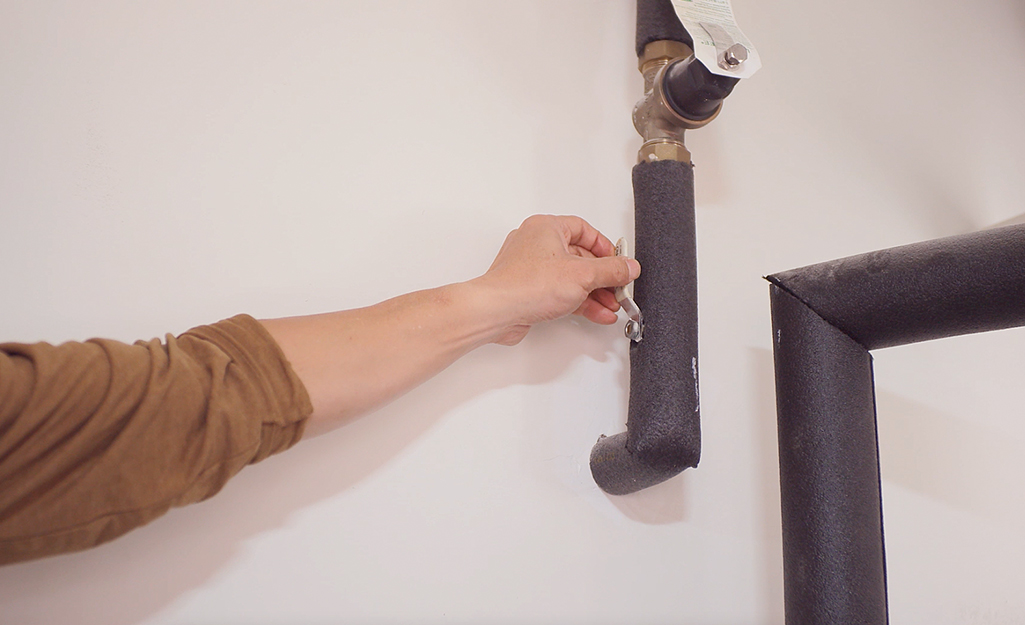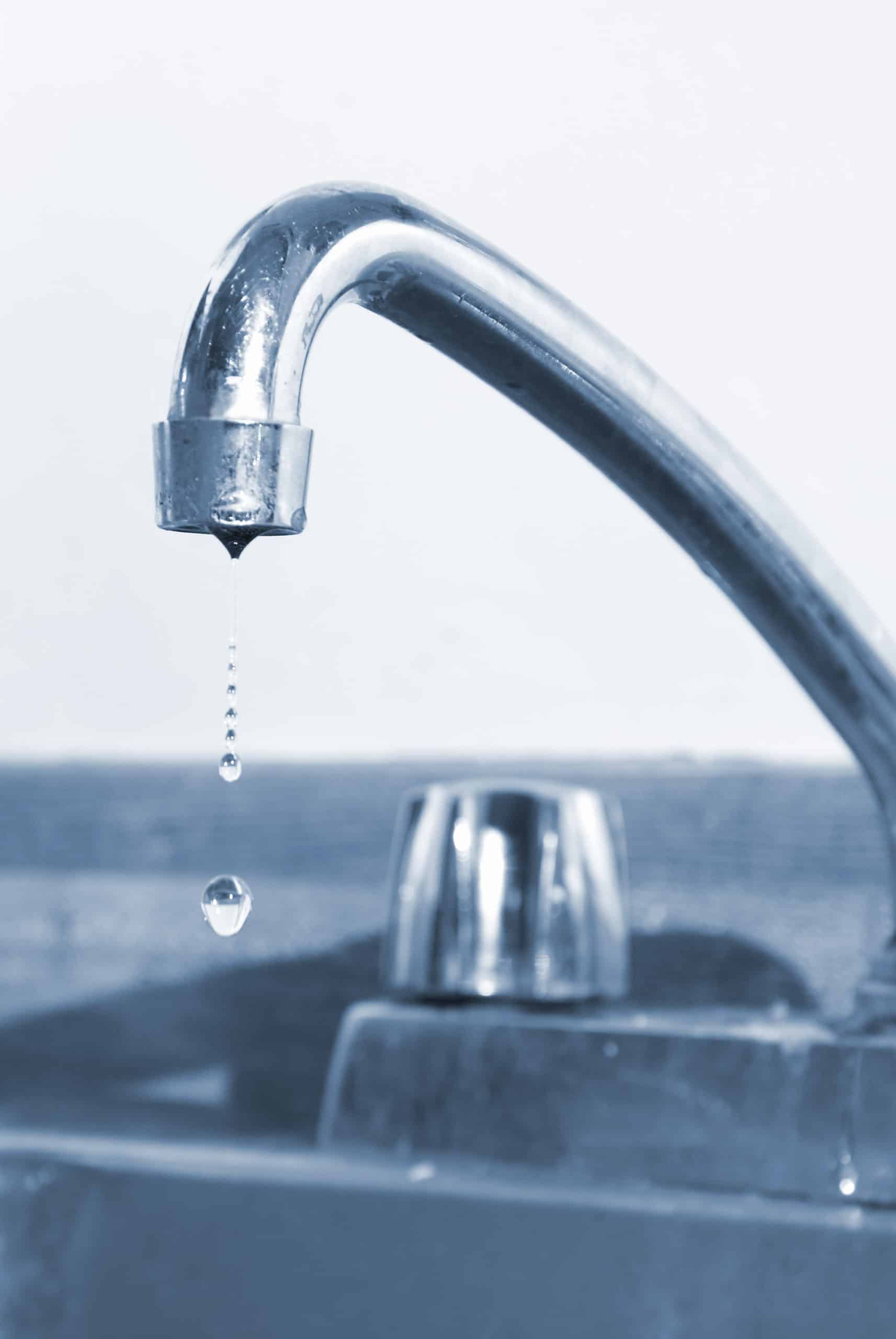Discovering the Importance of Correcting a Dripping Faucet
Discovering the Importance of Correcting a Dripping Faucet
Blog Article
They are making a few good observations regarding Why Are My Faucets Dripping (And Can I Fix It Myself)? overall in this content on the next paragraphs.

Dripping taps might seem like a small aggravation, but their impact goes beyond just the aggravation of the audio. From wasting water to sustaining unneeded monetary costs and wellness threats, overlooking a trickling tap can result in numerous repercussions. In this write-up, we'll look into why it's vital to address this usual household problem immediately and efficiently.
Wastefulness of Water
Environmental Effect
Trickling taps contribute dramatically to water waste. According to the Epa (EPA), a single tap leaking at one drip per secondly can lose greater than 3,000 gallons of water each year. This not just pressures water resources yet also impacts ecosystems and wildlife depending on them.
Step-by-Step Guide to Taking Care Of a Dripping Tap
Tools Needed
Prior to trying to fix a leaking tap, collect the required devices, consisting of an adjustable wrench, screwdrivers, replacement parts (such as washing machines or cartridges), and plumber's tape.
Common Faucet Issues and Their Solutions
Identify the sort of faucet and the specific problem creating the drip. Common issues consist of worn-out washers, rusty shutoff seats, or damaged O-rings. Refer to producer directions or on the internet tutorials for detailed advice on repairs.
Financial Costs
Boosted Water Expenses
Beyond the ecological influence, trickling taps can blow up water bills significantly. The collected waste with time converts right into greater energy expenses, which could have been prevented with timely repair services.
Prospective Residential Or Commercial Property Damage
Additionally, long term trickling can bring about harm to components and surfaces bordering the faucet. Water accumulation can cause discoloration, deterioration, and also architectural issues if left unattended, resulting in added fixing prices.
Health and wellness Problems
Mold and Mildew Growth
The consistent existence of wetness from a dripping tap produces an optimal environment for mold and mildew and mildew growth. These fungis not only compromise interior air high quality but additionally position health and wellness risks, specifically for people with respiratory conditions or allergies.
Waterborne Conditions
Stagnant water in trickling faucets can become a breeding place for germs and other virus, boosting the risk of waterborne diseases. Pollutants such as Legionella microorganisms prosper in stagnant water, possibly causing serious health problems when ingested or breathed in.
Do it yourself vs. Expert Repair
Benefits and drawbacks of DIY Fixing
While some might try to repair a leaking faucet themselves, do it yourself repair work feature their very own set of challenges. Without appropriate knowledge and devices, DIY attempts can worsen the concern or bring about insufficient repairs, lengthening the problem.
Advantages of Employing an Expert Plumber
Employing a professional plumber guarantees that the underlying reason for the dripping faucet is attended to effectively. Plumbing professionals possess the expertise and equipment to identify and fix tap concerns effectively, conserving time and lessening the threat of more damage.
Environmental Obligation
Individual Contribution to Conservation
Taking responsibility for taking care of leaking taps lines up with wider efforts towards water preservation and ecological sustainability. Every individual's activities jointly make a significant impact on protecting valuable resources.
Lasting Living Practices
By focusing on timely repair work and taking on water-saving routines, people contribute to lasting living methods that profit both present and future generations.
Safety nets
Routine Upkeep Tips
To avoid leaking taps, execute routine upkeep such as cleaning aerators, examining for leaks, and replacing worn-out parts quickly. Furthermore, take into consideration mounting water-saving gadgets or upgrading to more reliable components.
Relevance of Prompt Repairs
Attending to leaking faucets as quickly as they're observed stops further water waste and possible damages, eventually conserving both water and money over time.
Influence On Residential Or Commercial Property Value
Assumption of Well-Maintained Property
Maintaining a building in good condition, including addressing maintenance problems like dripping taps, enhances its viewed value and worth among prospective customers or renters.
Impact on Resale Worth
Qualities with well-maintained plumbing fixtures, including faucets, command greater resale values in the property market. Dealing with dripping faucets can add to a positive impact during residential property evaluations and arrangements.
Final thought
Resolving a leaking tap surpasses simple comfort; it's a vital action toward conserving water, lowering financial expenses, and guarding health and property. Whether with do it yourself fixings or professional help, doing something about it to repair leaking taps is a tiny yet impactful means to promote responsible stewardship of resources and add to a much healthier, more lasting future.
How to Fix a Leaky Faucet: Step-by-Step Repair Guide
A leaky faucet may seem like a simple annoyance, but if it's not fixed promptly, that leak could cost hundreds to potentially thousands. From water damage to mold, mildew, and high water bills, even a tiny leak can be catastrophic if left unattended. Damage like this can even affect the overall value of your home, so it's important to take the right approach for leaky faucet repair. You may need the help of a plumber in some cases, but we've got a few tips you can try on how to fix a leaky faucet before calling the pros.
Four Faucet Types
When you're learning how to fix a leaky faucet, the first step is knowing what kind of faucet you're working with! There are four common types.
Cartridge Faucets
Cartridge faucets come in one- or two-handled varieties. In one-handled cartridge faucets, hot and cold water combines in a single cartridge. In the two-handled versions, hot and cold water are controlled separately and mixed in the faucet.
Ball Faucets
Ball faucets have a single lever you push up and down to adjust the pressure and rotate to change the temperature. A slotted metal ball controls the amount of water allowed into the spout.
Compression Washer Faucets
They're the oldest type of faucet, but they're still used in many homes — especially older ones. Compression faucets have two separate handles that, when turned, raise or lower the washer that seals a water valve. This valve stops water from flowing through the faucet when it is turned off.
Disc Faucets
Disc faucets rarely need to be repaired due to their maintenance-free design. The water flow is controlled by two discs — the upper one raises and lowers against a fixed lower disc, creating a watertight seal. If your disc faucet starts leaking, you may need to replace the seals or clean residue buildup from the inlets.
Fixing a Leaky Faucet
Step 1: Turn Off the Water
Whether you're learning how to fix a leaky bathtub faucet or how to fix a leaky kitchen faucet, always turn off the water supply to your working area when you're fixing a leak. The last thing you want is a flood added to your list of things to fix.
Look for the shutoff valves below your sink or around the tub and turn them clockwise to stop the water flow. If your faucet doesn't have shutoff valves, you may need to turn off the water for the whole house. Check to make sure it's off by turning the faucet on. If nothing comes out, you're ready to start the repair.
Step 2: Take Apart the Faucet
How you disassemble your faucet depends on the type of fixture you have. You can use a flathead screwdriver to remove the caps on top of the handle or handles for cartridge and compression faucets. Inside, you should see handle screws. Unscrew these with a screwdriver to remove the handle.
Disc- and ball-style faucets will typically have an inlet screw near the handle, and removing that will reveal the interior of the faucet.
Detach the Valve Stem
For cartridge- and compression-style faucets, you'll see the inner valve stem or cartridge once you remove the faucet handles. If you have a compression faucet, unscrew the brass valve stem. If you have a cartridge faucet, pull out the cartridge. If your cartridge has been in place for a while, it may require some tools or extra force to remove it due to mineral deposits.
Examine and Replace Parts
Once you've removed the parts, check them out to confirm what needs to be replaced. You may see corroded rubber washers, O-rings, stems, or cartridges. On a ball-style faucet, check the seats and springs for damage.
If you need to repair a leaky disc faucet, check the inlet and seals on the lower disc.
Once you determine what parts must be replaced, visit your local hardware store. Bring the damaged parts with you to ensure you can purchase the correct components to replace them.
Clean Valves and Faucet Cavity
If you've removed a stem or cartridge, you may notice mineral buildup in the faucet's threads. Use white vinegar to clean the valve seat by soaking it for a few minutes, then scrub it away with a soft toothbrush and rinse with warm water. You can also clean the interior of the faucet in the same way.
Reassemble the Faucet
Once your faucet is cleaned and the required parts have been replaced, it's time to reassemble it. Put the pieces back together and slowly turn the water supply back on. Doing this slowly is crucial because too much initial water pressure can damage the new hardware you've just installed.
https://homewarranty.firstam.com/blog/how-to-fix-leaky-faucet

I hope you liked our topic about Should I Repair or Replace a Leaky Faucet?. Thanks so much for taking time to read our piece of content. Are you aware of somebody who is interested by the subject? Why not promote it. I praise you for your time. Kindly check up our blog back soon.
Report this page